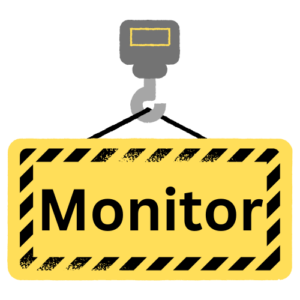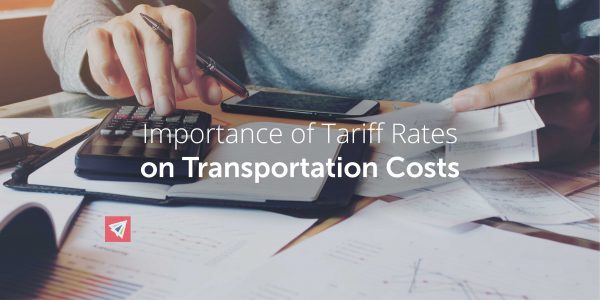Competitive Edge
August 27th, 2025
Stay Current with InterlogUSA
Market Update

Tariffs:
— Canada will ease retaliatory tariffs on U.S. imports:
Prime Minister Mark Carney announced Friday that starting next month (September) Canada will ease certain retaliatory tariffs on U.S. imports. The revision will remove duties on goods that comply with the United States-Mexico-Canada Agreement, while applying matching tariffs on items that fall outside the pact. Carney noted — as reported by Supply Chain Dive — that the shift will allow roughly 85% of trade between the two countries to flow tariff-free.
However, Canada will continue enforcing counter tariffs in response to U.S. duties on steel, aluminum, and autos. Carney underscored that these targeted measures remain at the center of Canada’s ongoing trade discussions with Washington.
— U.S. and European Union reach framework on trade agreement:
In a joint statement between the two, they say one of the agreed terms includes the U.S. pledging to impose a 15% tariff, or the most-favored-nation duty rate on EU imports, whichever is higher.
According to the statement, tariffs on pharmaceuticals, semiconductors, and lumber will be capped at 15%. (Note: those industries are currently under a Section 232 investigation, per Supply Chain Dive). On the other hand, the EU said they plan to remove tariffs on U.S. industrial products and offer priority market access for a variety of U.S. exports including tree nut, dairy goods, etc.
— Additional 25% tariff on India goods:
The Trump Administration has announced plans to impose an additional 25% tariff on imports from India, according to a draft notice in the Federal Register dated August 25th. The official published notice is expected on August 27th. If implemented, the measure would double existing tariffs to a total of 50% on Indian goods. The administration says the increase is tied to India’s continued purchases of Russian oil. For more details on what products are subject to these tariffs, take a look at the Federal Register draft notice.
Freight News: Will Tariffs Creep into Holiday Spending?
Retailers and others of the like have had to adjust the moving target represented by tariffs and surrounding uncertainty, and place bets on what inventory to bring in ahead of shifting trade deadlines.
According to a Goldman Sachs note and reported by Supply Chain Brain, earlier in the year, companies absorbed most tariff costs to protect sales, which left U.S. consumers responsible for a select amount of the extra costs. By the middle of the year, margins got tighter, pre-tariff inventories and higher import costs meant consumers had to deal with a more significant burden by fall.
So, what does this mean for consumer spending for this holiday season?
Consumers may see higher prices and fewer promotions, which often leads to more cautious spending patterns. For retailers and importers, that means balancing leaner inventories with demand spikes around peak shopping events, while shippers may face greater pressure to move goods quickly and cost-effectively despite tighter margins. In effect, the ripple of tariff costs extends across the supply chain—forcing companies to be more precise with ordering, routing, and timing decisions if they want to protect profitability and keep shelves stocked through the holiday rush.
When to use single entry customs bonds?
When importing into the U.S., customs bonds are a requirement. Whether that’s a single-entry or a continuous bonds.
A single-entry customs bond is pretty simple, it is good for one shipment. Meaning, it covers one Bill of Lading and the contents listed on it.
Sign up for our
industry answers
Our team works to provide valuable, unique, and relevant content to assist you in finding solutions. Sign up now.

